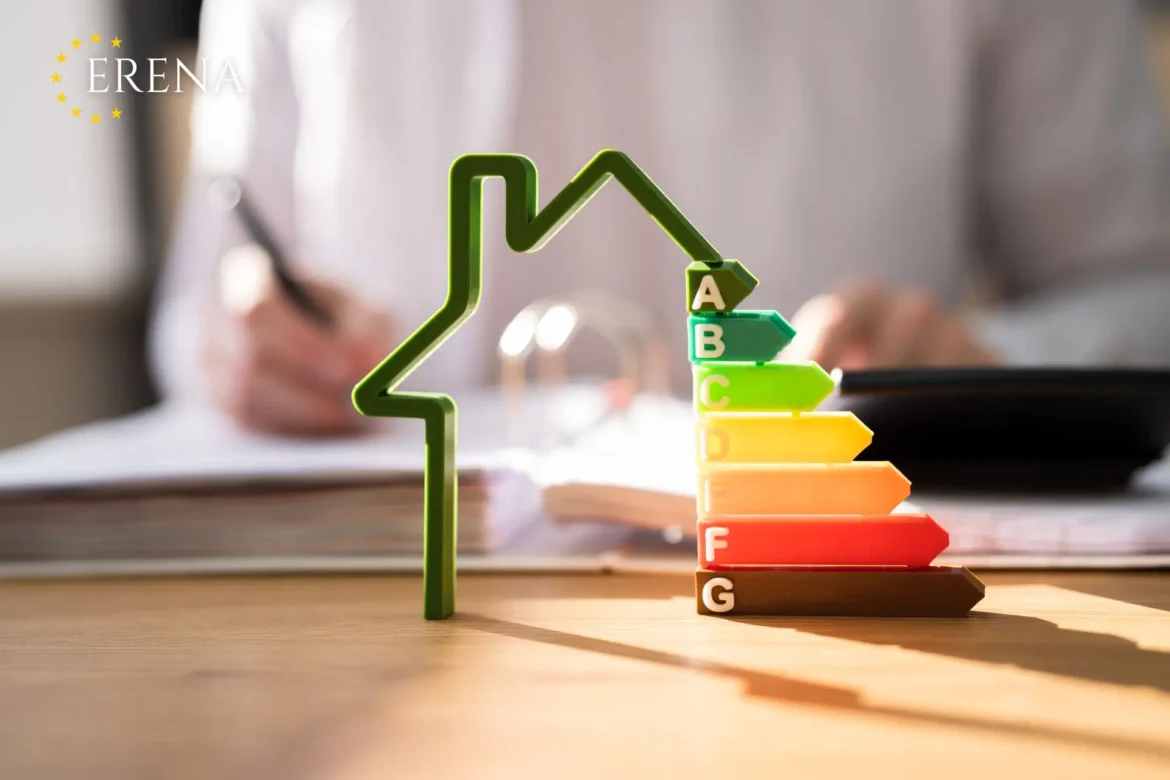Energy efficiency is a top priority for homeowners across Europe, driven by rising energy costs and sustainability concerns. Proper insulation plays a crucial role in reducing energy consumption, enhancing comfort, and cutting long-term expenses. But how important is insulation in an energy-efficient home, and how economical is it? This article explores these questions while considering the costs and benefits of insulation in European countries.
Why is Insulation Important?
Insulation reduces heat loss in winter and keeps homes cooler in summer by limiting heat transfer. This decreases the demand for heating and cooling systems, leading to significant energy savings. Well-insulated homes contribute to lower carbon emissions and align with European Union (EU) directives on energy efficiency.
Key Benefits of Insulation
- Lower Energy Bills: Insulation minimizes the energy required for heating and cooling, leading to reduced utility costs.
- Improved Comfort: A well-insulated home maintains a consistent indoor temperature, reducing drafts and cold spots.
- Noise Reduction: Insulation helps block external noise, creating a quieter indoor environment.
- Eco-Friendly: Reduced energy consumption means lower greenhouse gas emissions.
- Regulatory Compliance: Many European countries enforce strict energy efficiency regulations, and insulation helps meet these requirements.
How Cost-Effective is Insulation?
Insulation Costs in Europe
The cost of insulation depends on the type of material, area covered, and local labor rates. Below is an estimate of insulation costs across European countries:
| Insulation Type | Cost per m² (€) | Key Benefits |
|---|---|---|
| Roof Insulation | €20 – €60 | High initial cost but major energy savings |
| Wall Insulation (External) | €50 – €120 | Enhances thermal performance and aesthetics |
| Wall Insulation (Internal) | €30 – €70 | More affordable but reduces indoor space |
| Floor Insulation | €25 – €80 | Reduces heat loss through the ground |
| Loft Insulation | €10 – €40 | Cost-effective with high energy savings |
| Window Insulation (Double/Triple Glazing) | €200 – €800 per window | Prevents heat loss through glass surfaces |
Return on Investment (ROI)
Insulation can lead to energy savings of 30% to 60%, with a typical payback period of 5 to 15 years, depending on energy prices and installation costs.
Example Savings
A homeowner in Germany with an annual heating bill of €2,000 could save €600 – €1,200 per year by improving insulation. With an investment of €10,000 – €15,000, the payback period would be around 10 years, after which the savings continue.
Government Incentives and Support
Many European governments provide financial support for energy-efficient home upgrades. Examples include:
- Germany: KfW loans and grants for insulation projects.
- France: MaPrimeRénov’ scheme offering financial aid.
- United Kingdom: ECO4 and Green Homes Grant for insulation improvements.
- Italy: Superbonus 110% tax deduction for renovation expenses.
These incentives significantly reduce the upfront cost of insulation, making it even more economical.
Conclusion
Insulation is essential for an energy-efficient home, offering financial savings, improved comfort, and environmental benefits. Although the initial investment may be high, long-term energy savings and government incentives make it a cost-effective solution. Homeowners across Europe can enhance their homes’ insulation to ensure a sustainable and economical future.

